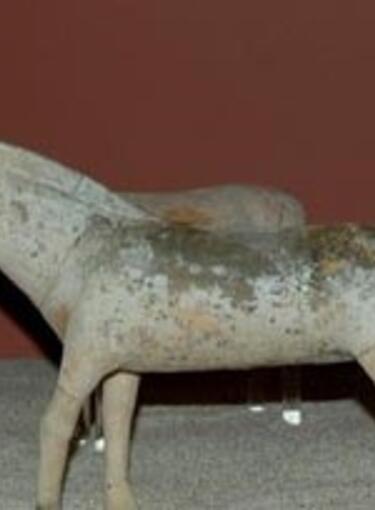Major Pilgrimages & Other Religious Monuments
In the Byzantine castle of Servia, which dominates over the modern settlement, at the densely populated, in the past, city, survive in pretty good condition important Byzantine churches with interesting icons.
On the western corner of the lower city is the basilica of Katichoumenon or Forty Gates, which was the bishopric church of Servia, dedicated to Agios Dimitrios. It was built in around 1000, at the location of an older Earlier Christian church and was three-aisled with a narthex and elevated the central aisle, covered with a saddleback roof that creates a clerestory. It was repaired, reconstructed and icons were painted several times, from the 12th to the 16th century.
Somewhat lower, at the northwestern section of the precinct of the castle, is the church of Agioi Theodoroi, from the second half of the 11th century. it was the catholicon of a stauropegic monastery, from which today survive only ruins of the precinct and the vaulted roofed water reservoir. The church is aisleless with wooden roof and externally its walls are decorated with ceramic decoration. At its interior and exterior on the western wall survive the wall paintings of 1497, representative examples of the Macedonian art of the end of the Byzantine period and the beginning of the Turkish occupation. They are the works of two painters and are related in style to the workshop of Kastoria.
Near the north part of the wall survives the small church of Agios Ioannis Prodromos, which was also the catholicon of a monastery. It dates from the 14th century and is a small aisleless basilica, which at its interior maintains some fragments of its wall painting decoration.
Just outside the walls of the lower city, near the northern gate, on a narrow rock stands the elegant church of Agioi Anargiroi, from the 11th-12th century. It is single-aisled with a rectangular arch decorated with ceramic ornamentation. Its interior is decorated with wall paintings that date from 1510 and are attributed to two painters, from which the one who was responsible for the larger part seems to belong to the workshop of Kastoria.
Informations
More
Date:
11th-14th century
Season:
Byzantine
Holy Metropolis:
Servia and Kozani
Under the Supervision of:
Ephorate of Antiquities of Kozani
Address:
Servia



















